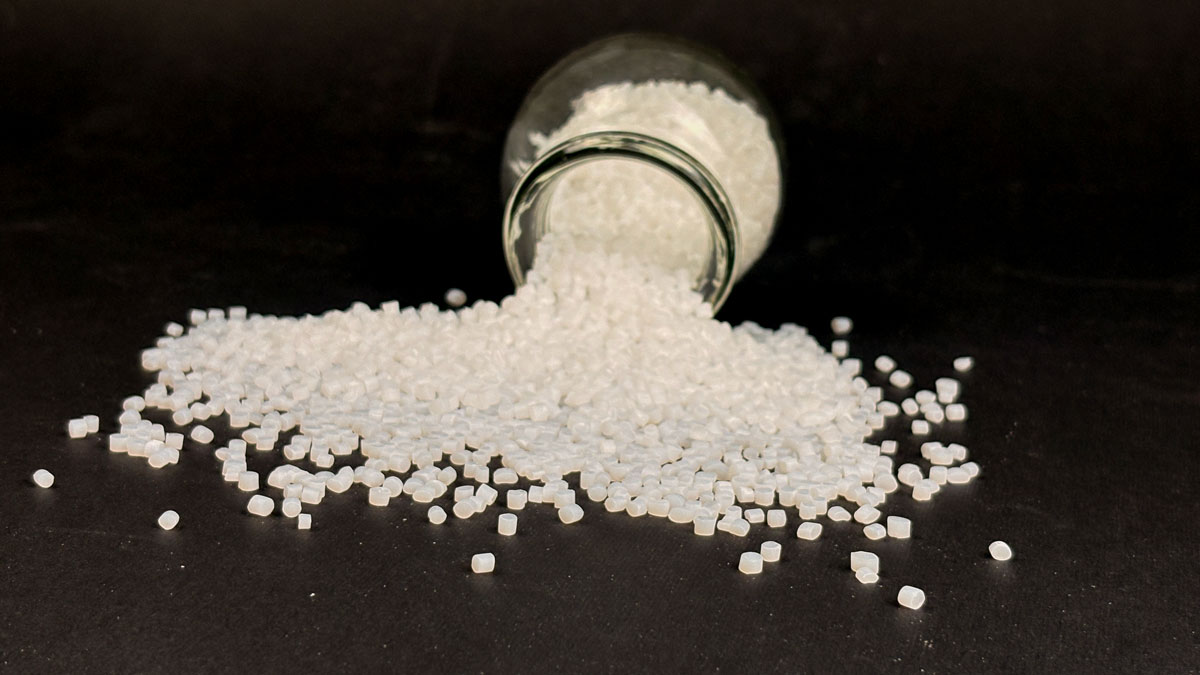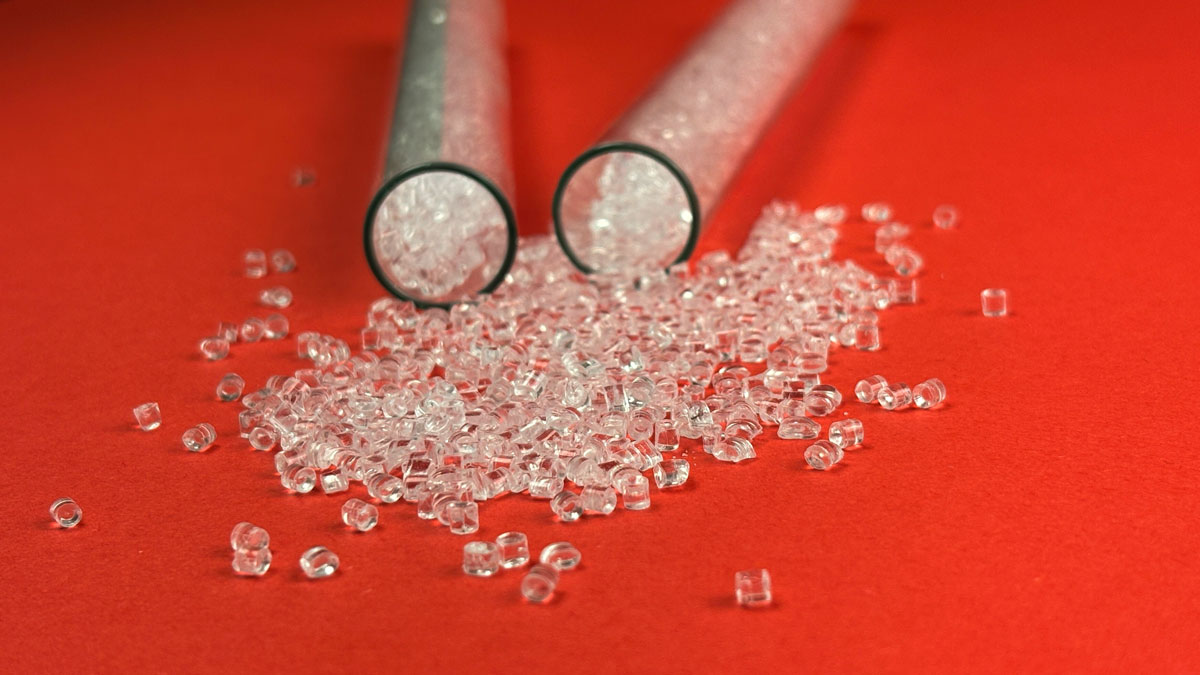Polystyrene (PS) is a versatile thermoplastic polymer derived from the monomer styrene (C₈H₈), which is obtained from petroleum-based feedstocks. It is one of the most widely used plastics in the global polymer industry due to its clarity, dimensional stability, processability, and cost efficiency.
PS can be easily molded and extruded, offering excellent electrical insulation and low thermal conductivity. Depending on its formulation and structure, it can be rigid or foamed, transparent or opaque, making it suitable for a wide range of industrial and consumer applications.
Main Grades of Polystyrene
1. General Purpose Polystyrene (GPPS)
A clear, rigid, and brittle polymer with excellent optical properties. It is easy to process and ideal for applications requiring transparency and dimensional precision.
Typical uses: CD/DVD cases, cosmetic packaging, laboratory ware, and disposable cutlery.
2. High Impact Polystyrene (HIPS)
A modification of polystyrene that incorporates rubber particles (usually polybutadiene) to improve impact resistance. HIPS offers good toughness, easy thermoforming, and good printability.
Typical uses: Refrigerator liners, television and computer housings, food packaging, and toys.
3. Expanded Polystyrene (EPS)
A lightweight, closed-cell foam produced by expanding polystyrene beads with a blowing agent. It combines rigidity with excellent thermal insulation and shock absorption.
Typical uses: Packaging materials, thermal insulation boards, cups, and protective foams for electronic goods.
4. Extruded Polystyrene (XPS)
A denser and more uniform foam produced through a continuous extrusion process. It offers superior compressive strength and moisture resistance compared to EPS.
Typical uses: Building insulation panels, roofs, and foundation systems.
Advantages
• Lightweight and cost-effective
• Excellent moldability and dimensional stability
• High clarity and surface gloss (for GPPS)
• Good thermal insulation properties (for EPS/XPS)
• Excellent electrical insulating performance
• Suitable for both injection molding and extrusion
Limitations
• Limited resistance to UV light and weathering
• Brittle nature in non-impact-modified grades
• Susceptible to organic solvents
• Non-biodegradable; recycling infrastructure is still developing globally
Applications of Polystyrene
1. Packaging Industry
• Disposable cups, plates, and trays
• Food containers and cutlery
• Protective packaging for electronics and appliances
• Insulated boxes and coolers
2. Construction Industry
• Thermal insulation boards (EPS/XPS)
• Wall and roof insulation panels
• Decorative architectural elements and moldings
3. Electrical and Electronics
• Housings for televisions, computers, and small appliances
• Refrigerator and freezer liners
• Insulating components and enclosures
4. Medical and Laboratory
• Petri dishes and test tubes
• Diagnostic trays and lab consumables
• Medical packaging and single-use instruments
5. Consumer Goods
• Toys and household items
• Cosmetic and personal care packaging
• Stationery and display products
6. Automotive
• Interior trims, dashboards, and decorative panels (in ABS and HIPS blends)
• Lightweight components contributing to fuel efficiency
Sustainability and Recycling
Polystyrene is recyclable under the resin identification code #6. While mechanical recycling is limited due to low bulk density, new technologies such as chemical recycling and depolymerization are being developed to recover styrene monomer for reuse in polymer production.
Efforts are also ongoing to create bio-based or biodegradable alternatives to minimize environmental impact while maintaining the performance benefits of traditional polystyrene.








